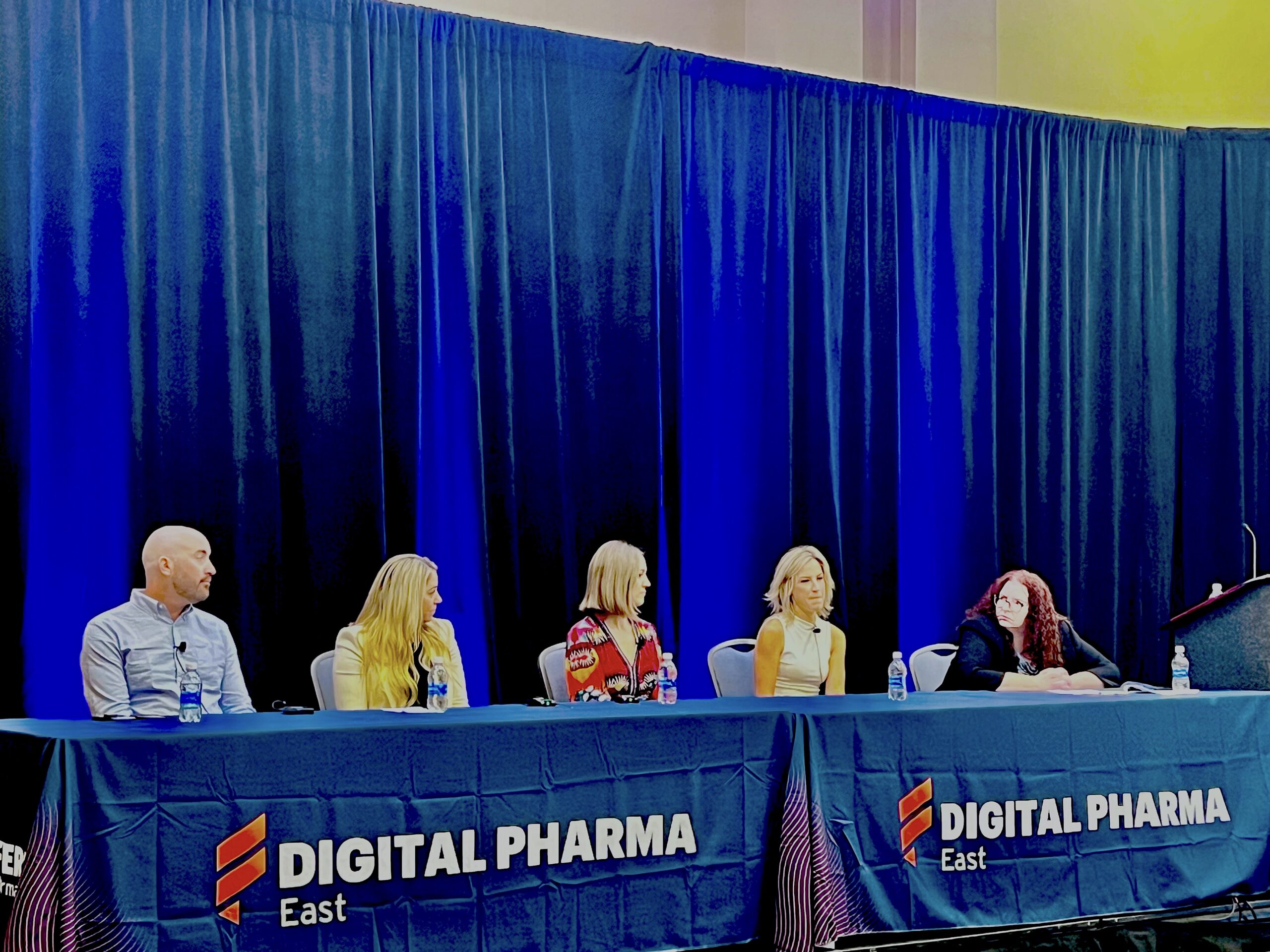The Precision of Digital Marketing with the Reach of Addressable TV Advertising
By: [email protected], Content Manager, Swoop
How to better connect with patients at critical moments and improve outcomes with reach at-scale.
The addressable TV landscape is changing — it’s now possible to apply the precision of digital targeting and measurement to the mass reach of television. At the same time, the ecosystem has become increasingly fractured, creating a complex challenge for healthcare marketers to navigate.
During a recent panel discussion, moderator Stephanie Butler, senior conference director at Fierce Life Sciences, sat down with Shannon Reavy, senior director of TV at Swoop; Kate Gattuso Duffy, SVP of business intelligence at Publicis Health Media; Mallory Wils, senior director of client partnerships at DIRECTV Advertising; and Brendan VanDeventer, director of audience acceleration at Initiative, to learn how custom digital audiences can extend to addressable TV.
The current landscape
From an analytics perspective, one of the most exciting evolutions of addressable TV is how it can be measured, Duffy said. “Being able to drive that optimization in near real time to new patient starts and cost per patient, audience quality, depending on your campaign KPIs, is going to help us drive gains and success and the channel overall,” she explained.
The shift toward “this digital-like capability of dynamically inserting based on the particular target that you’re looking at ensures that you’re reaching the right audience, and in the pharma space, a prospective and likely patient,” Wils added.
Swoop can “take these custom patient segments that have historically been used in more mass-scale-type executions and apply them at the household level in some of the most brand-safe content that exists,” Reavy said. “Those silos no longer have to exist between where you can target and where you can’t.”
With access to more data and measurement sources, “from planning to execution, we can constantly analyze the data and make our dollars work a lot harder to be able to drive the scripts,” VanDeventer said.
Targeting with real-world data
The real-world data comprising ten years of de-identified health claims allows Swoop to “take those custom patient segments and apply it in a product like addressable TV.”
The fact that TV is a shared household device can be an advantage in pharma advertising, especially with “certain conditions, where the caregiver is likely playing a very large role in that patient’s treatment,” Wils said. Targeting refinement “needs to start with what the specific need of that particular drug is.” To reach the right individuals on a shared device, advertising is “still targeted at a one-to-one level using deterministic data,” she added.
With a clear campaign goal, “the real-world data across patient data as well as the consumer behavior data can really help us be more strategic to meet our KPIs,” Duffy said.
A fragmented ecosystem
While measurement and currency aren’t going to be solved anytime soon, “we can control the types of patients we decide to target, how we target them, where we activate them and ultimately, what we can look at to ensure that we’re driving script lift,” Reavy said.
In the media ecosystem, streaming has now surpassed linear TV, Wils noted. As a result, advertisers are missing individuals who do not watch ad-supported content and “a smaller portion of households are consuming much of your national ad” on linear TV, she said. It’s important for marketers to “think about those two dynamics and know that there’s not a one-size-fits-all approach and it’s not all-or-nothing.”
With addressable TV, “we’re not necessarily buying on impression, we’re buying an audience strategically,” Duffy noted. “The key to measuring and understanding how that cross-partner performance is going to land is looking at the likelihood of what we think is going to drive the ultimate incremental new patient starts or audience quality depending on our campaign KPI.”
In navigating the fragmentation, it’s essential to “connect all the data sources between planning to optimization and final impact to see how you can continuously evolve your plans and make it all tie together,” VanDeventer commented.
It’s important to “take that patient or healthcare audience and follow them through, however they are consuming their media,” Reavy said. “That’s really what starts with data and will be proved by the measurement.”
About the Author
Content Manager


